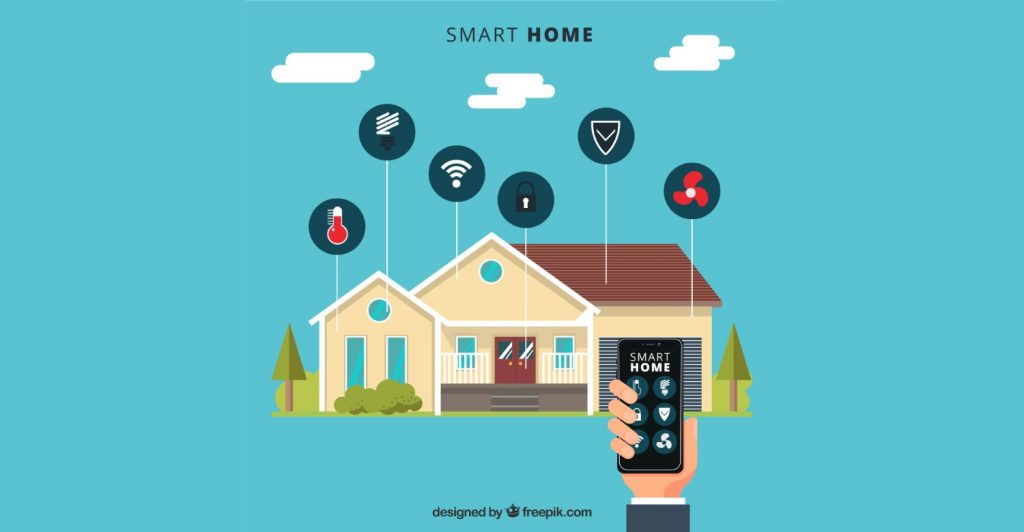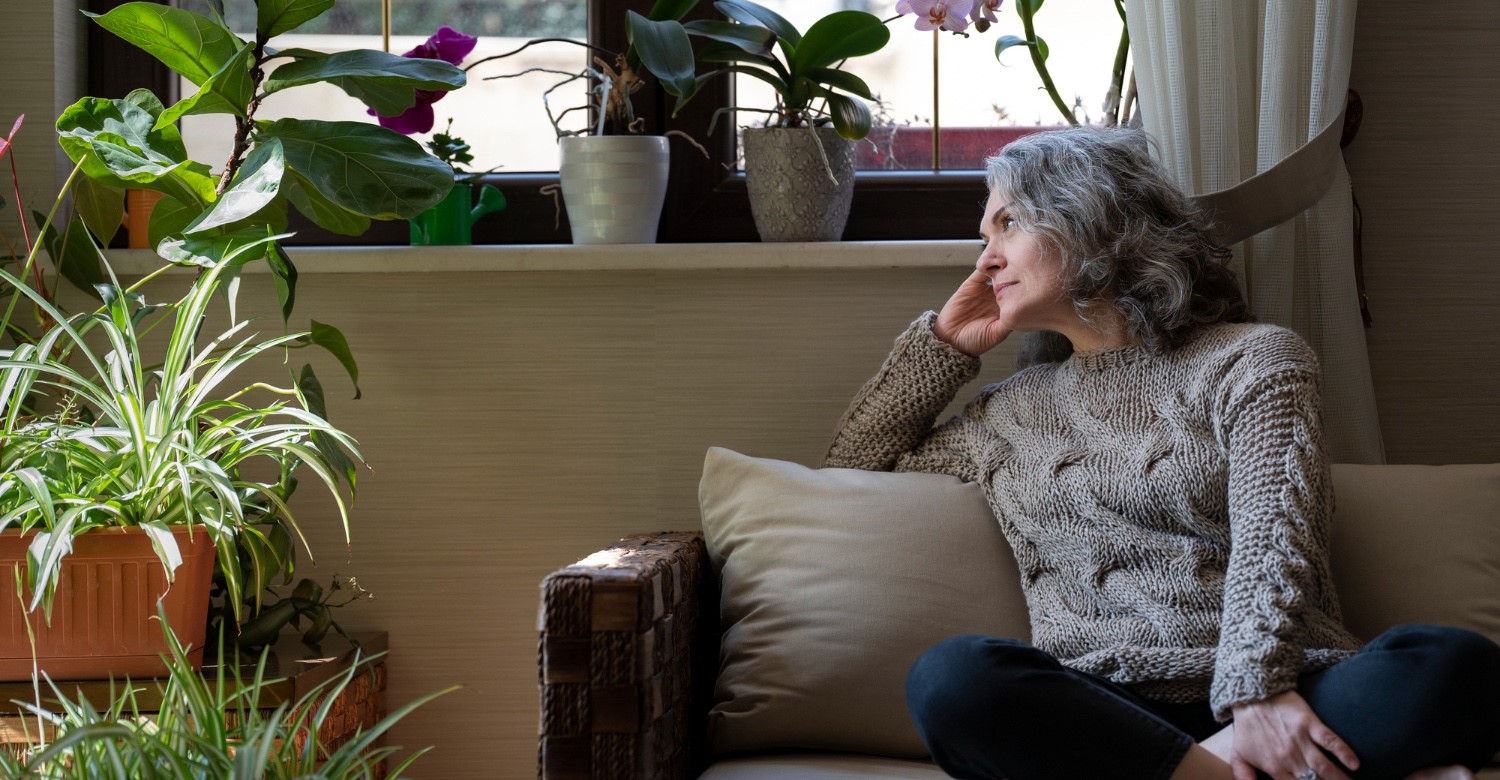As time marches on, our society is experiencing a notable societal norm shift.” the traditional senior homes approach failed” The number of seniors who have accumulated a wealth of wisdom and experience over the years is steadily increasing. With this demographic change comes a pressing concern: how can we ensure our elderly loved ones receive the care and support they deserve while maintaining their independence and dignity? The answer to this question starts with looking at aging in place, offering a solution that resonates with seniors and their families.
Table of Contents
1. The Growing Need for Aging-in-Place Solutions
Aging in place refers to the desire and ability of older adults to continue living in their own homes, enjoying familiar surroundings, and retaining their cherished independence and memories as they navigate the golden years of their lives. It’s a concept rooted in the idea that home is not just a place but a sanctuary that holds memories, comfort, and a sense of belonging.
1.1 Definition and the Benefits
Aging in place is not simply a physical location; it’s a philosophy that supports personalized care, autonomy, and well-being. It allows seniors to remain rooted in their communities, staying connected with friends, neighbors, and local resources. Beyond mere emotional attachment, there are significant practical benefits as well. By aging in place, seniors often experience better mental and emotional well-being, reduced stress, and improved overall quality of life.
1.2 Challenges Faced by Seniors and Their Families
While the desire to age in place is strong, it’s challenging. Seniors may face mobility limitations, health issues, and the complexities of daily tasks. Also, their families often are concerned about their loved one’s safety, health, and access to necessary support. These challenges can lead to tough decisions regarding caregiving and housing options.

2. The Role of Smart Homes in Aging in Place
Intelligent homes have emerged as a light of hope for seniors seeking to age in place comfortably and safely. Those homes are intelligent, adaptive environments that can cater to the unique needs of aging individuals. By seamlessly integrating technology into daily life, smart homes offer many benefits that can transform the aging experience.
2.1 Overview of Smart Home Technologies
Smart homes are not a futuristic concept anymore; they are a tangible reality reshaping how we interact with our living spaces. The principle behind smart homes is connectivity. Many devices and systems within the home are interconnected, creating an ecosystem that can be controlled and managed remotely. From voice-activated assistants to sensor-based automation, smart homes are designed to improve convenience, safety, and comfort.
2.2 Key Features of Smart Homes for Aging in Place
When it comes to aging in place, intelligent homes offer many features that can be tailored to meet individual needs. These are some of these key features:

Remote Monitoring and Healthcare Support: Smart homes can have monitoring systems that watch over seniors’ well-being. Sensors can track movement patterns, medication schedules, and vital signs. The collected data can be shared with healthcare providers and family members, enabling timely interventions and proactive care.
Home Security and Emergency Response Systems: Safety is essential within smart homes implementation. They are reinforced with advanced security measures. From automated door locks to video surveillance, these systems provide an added layer of protection. Wearable devices or voice commands can even trigger immediate responses, calling for help when needed in an emergency.
Adaptive and Assistive Devices: Smart homes embrace accessibility. They can feature adjustable lighting, voice-activated controls, and intelligent appliances that simplify daily tasks. These adaptations ensure that seniors can navigate their homes comfortably and maintain a sense of independence.
Automated Environmental Controls: Temperature regulation, lighting adjustments, and even window blinds can be controlled through intelligent systems. This level of automation enhances comfort and minimizes the physical strain of managing the home environment.
In the following section, we will explore the tangible benefits of smart homes to seniors who choose to age in place, touching upon preserving independence, reducing caregiver stress, and enhancing safety.
3. Benefits of Smart Homes for Seniors
3.1 Maintaining Independence and Dignity
One of the most cherished aspirations of seniors is the ability to maintain their independence and dignity as they age. Smart homes act as a way to empower seniors to remain in control of their lives while receiving the necessary support. This newfound autonomy fosters a sense of pride and accomplishment, as seniors can continue engaging in activities they love without feeling burdened.
3.2 Reducing Caregiver Stress and Burden
Taking care of the elderly often involves the support of family members and caregivers. It’s undeniable that the responsibilities associated with caregiving can be overwhelming, both physically and emotionally. Smart homes offer a respite, easing the burden on caregivers. With remote monitoring and automated assistance, family members can have peace of mind, knowing their loved ones are safe and well cared for, even when not physically present.
3.2 Enhancing Safety and Preventing Accidents
Smart homes have preemptive measures, identifying potential hazards and mitigating risks. Sensors can detect unusual activity patterns or changes in daily routines, alerting caregivers to potential problems. Moreover, rapid response systems can be triggered in emergencies to summon help promptly.
4. Addressing Concerns and Challenges
4.1 Privacy and Data Security Considerations
While the benefits of smart homes for aging in place are substantial, it’s essential to acknowledge and address privacy and data security concerns because seniors are more prone to scams. Like anyone else, seniors value their privacy and want to feel secure in their homes. The integration of technology, while enhancing convenience, can also raise questions about who has access to personal information and how it’s being used.
4.2 User-Friendly Interfaces and Accessibility
For smart homes to truly serve the aging population, they must be designed with user-friendliness and accessibility. Many seniors may not be as tech-savvy as younger generations, making it crucial for innovative home interfaces to be intuitive and easy to use. Voice commands, simple touch controls, and clear visual indicators can bridge that gap and ensure seniors can reap these technologies’ full benefits.
4.3 Integration of Healthcare Services
An integrated healthcare approach is vital for the success of smart homes in supporting Independent Aging. While technology can provide valuable insights and data, ensuring that this data reaches the healthcare provider promptly is essential. Collaboration between technology providers, healthcare professionals, and caregivers is critical to creating a holistic ecosystem prioritizing seniors’ well-being.

5. Implementing a Smart Home for In-Home Senior Care
5.1 Assessing Individual Needs and Home Environment
The journey towards creating a smart home for aging in place begins with a thorough assessment of the individual’s needs and the existing home environment. Every senior has unique requirements, whether it’s related to health conditions, mobility limitations, or daily routines. By understanding these nuances, aging-in-place service providers can tailor intelligent home solutions to provide the most effective support.
5.2 Customization and Scalability of Smart Solutions
Once the needs are identified, it’s time to explore the vast array of intelligent technologies available. Smart homes are not one-size-fits-all; they can be customized to cater to specific needs. Whether installing motion sensors, setting up medication reminders, or integrating health monitoring devices, the scalability of intelligent solutions allows for a gradual and adaptable approach.
6. Cost Considerations and Affordability
6.1 Initial Investment vs. Long-Term Savings
Integrating intelligent home technologies might raise questions about the financial implications. While an initial investment is involved, viewing it as a long-term investment in comfort and well-being is essential. Smart homes can lead to cost savings over time by preventing accidents, reducing the need for intensive caregiving, and delaying the transition to assisted living facilities.
6.1 Government Assistance Programs and Insurance Coverage
Recognizing the importance of aging-in-place solutions
Many governments and insurance providers offer assistance programs and coverage options. These initiatives can significantly ease the financial burden of implementing innovative home technologies. Seniors and their families are encouraged to explore available resources and inquire about potential subsidies or reimbursement programs to make smart homes more accessible.
Empowering Seniors to Age in Place Gracefully – Embracing Technology for a Brighter Future
The challenges we explored, such as privacy concerns and workforce shortages, are manageable obstacles. Instead, they serve as motivations for innovation and collaboration. Each challenge comes with an opportunity for creative solutions, partnerships, and the relentless commitment to ensuring that every senior can age in place with dignity and joy.
In conclusion, the concept of Aging in One’s Own Space, supported by the power of innovative home technologies, represents a promising paradigm shift. It offers a future where aging is not a limitation but an invitation to embrace the transformative potential of technology. The work needs to continue to harness the power of innovation and to create an environment where seniors thrive, families find solace, and the aging journey is celebrated for its beauty and resilience.




